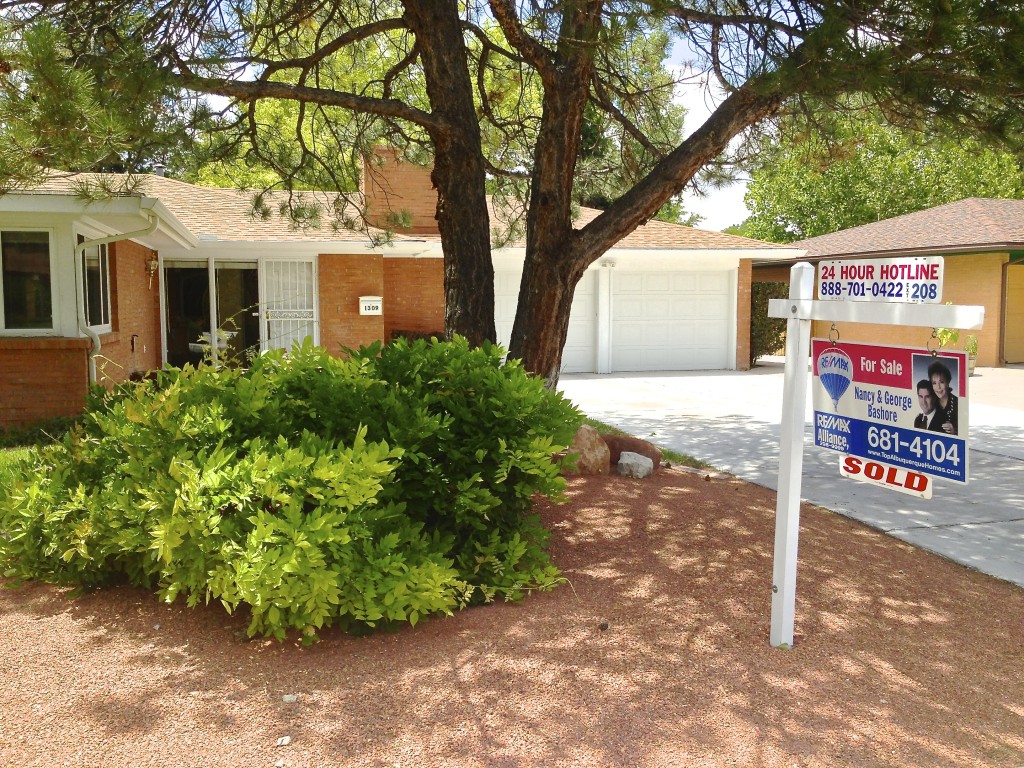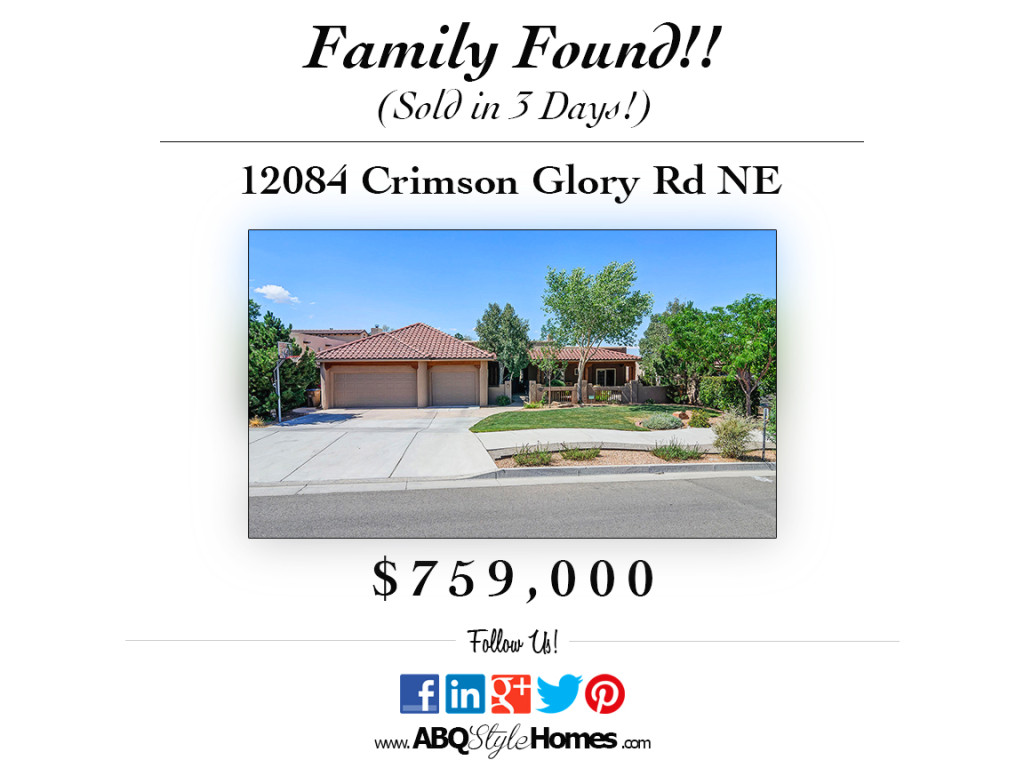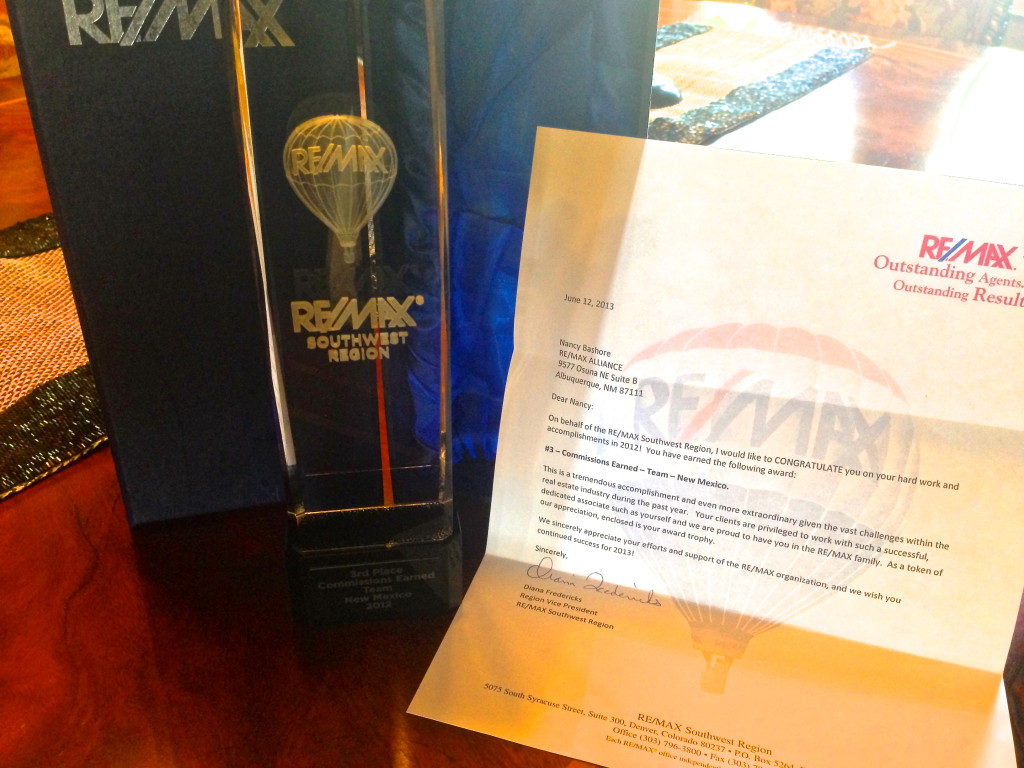How to identify your home’s best and worst features before you sell
Posted on Jul 17, 2013
 1. ANALYZE THE SPACE. Walk through your home and look at each room in the context of the overall property. – Is your kitchen very dark and compartmentalized with an inefficient floor plan and layout? – Are the cabinets just worn out and refused to stay closed? – Do your appliances only work when they want to?
1. ANALYZE THE SPACE. Walk through your home and look at each room in the context of the overall property. – Is your kitchen very dark and compartmentalized with an inefficient floor plan and layout? – Are the cabinets just worn out and refused to stay closed? – Do your appliances only work when they want to?
OR – on the flip side:
If you’ve maintained your home beautifully over the years and renovated your kitchen recently – added a new patio and landscaping – and updated the overall décor – but you’re still living with that green and pink guest bathroom down the hall, now would be the time to remodel it! It will look extremely dated and tired compared to the upgrades you’ve already made. So by refreshing it now will present a more cohesive piece of property to show later.
2. IDENTIFY THE NEGATIVES – AND FIX THEM! Before you invest any time and money into any home renovation projects it’s so important to first evaluate the structural elements of your home. Do a walk through, and be really honest with what you find. What weaknesses did you discover? If YOU can see the problems, so will the potential buyers!
Be on the lookout for anything and everything from cracks in the foundation, rotting, bulging or splitting around doors and windows. Is the electrical wiring antiquated? Do you have a termite problem? These issues can’t be hidden or camouflaged. So be proactive and hire a home inspector before you sell. They will help you uncover problems and looming issues that you may have over looked. A typical home inspection analyzes the home’s structural integrity, all major mechanical systems and provides you with a thorough assessment of your home’s structure and property.
Use this information to repair the necessary areas of the home and give it the TLC it deserves. – Set goals and decide what you NEED to do and the compromises you’ll willing to make to turn your home into someone else’s dream home.
3. ACCENTUATE THE POSITIVES – AND ENHANCE THEM! Highlight your home’s Best features. Every home should have some. If they don’t then create them! Is it a canyon view from the hillside – the ocean view from the kitchen – the spectacular double-sided fireplace or the fabulous gourmet kitchen you’ve loved for years? Or its simply the deck and outdoor kitchen off the family room? – Whatever the asset – dress it, enhance it, show it – AND CREATE THAT WOW FACTOR!
by: Lori Gilder
http://www.articlecity.com/articles/home_improvement/article_6308.shtml
Longer life spans shifting focus toward dignity, quality of life.
Posted on Jul 10, 2013
 The life expectancy for average Americans is longer than ever before – 78 years for a child born in 2007 versus 71 who was born in 1970, according to the Centers for Disease Control and Prevention.
The life expectancy for average Americans is longer than ever before – 78 years for a child born in 2007 versus 71 who was born in 1970, according to the Centers for Disease Control and Prevention. The organization recommends you ask these questions:
Courtesy of BPT
Thank you!
Posted on Jul 1, 2013
Thank you for your business, friends! George and I appreciate you sending your friends and family to us!
#3- Commissions Earned in New Mexico – Bashore Team








Follow Us!